Mastering the Microwave: Five Secret Techniques for Sizzling Success
Discover the hidden secrets of your microwave's defrost function. While many of us use it just to thaw frozen meats or veggies quickly, in truth, this feature holds much more potential. It operates by using low power heat, which lends itself well to even and slow cooking of certain foods without searing or burning them.
For creamy scrambled eggs, skip the stovetop. By stirring intermittently and employing low power through the defrost feature, you can enjoy the fluffiest eggs ever. Additionally, you can prepare delicate protein foods like fish in the microwave with defrost mode, offering a gentle, even cooking process.
Apples for your apple pie need not be cooked on the stove. Use the defrost mode in small time increments, and they'll be ready in no time. In knowing how to harness your defrost power, you're on your way to enjoying the fascinating variety in microwave cooking.
Residual Heat - Your Unseen Ally
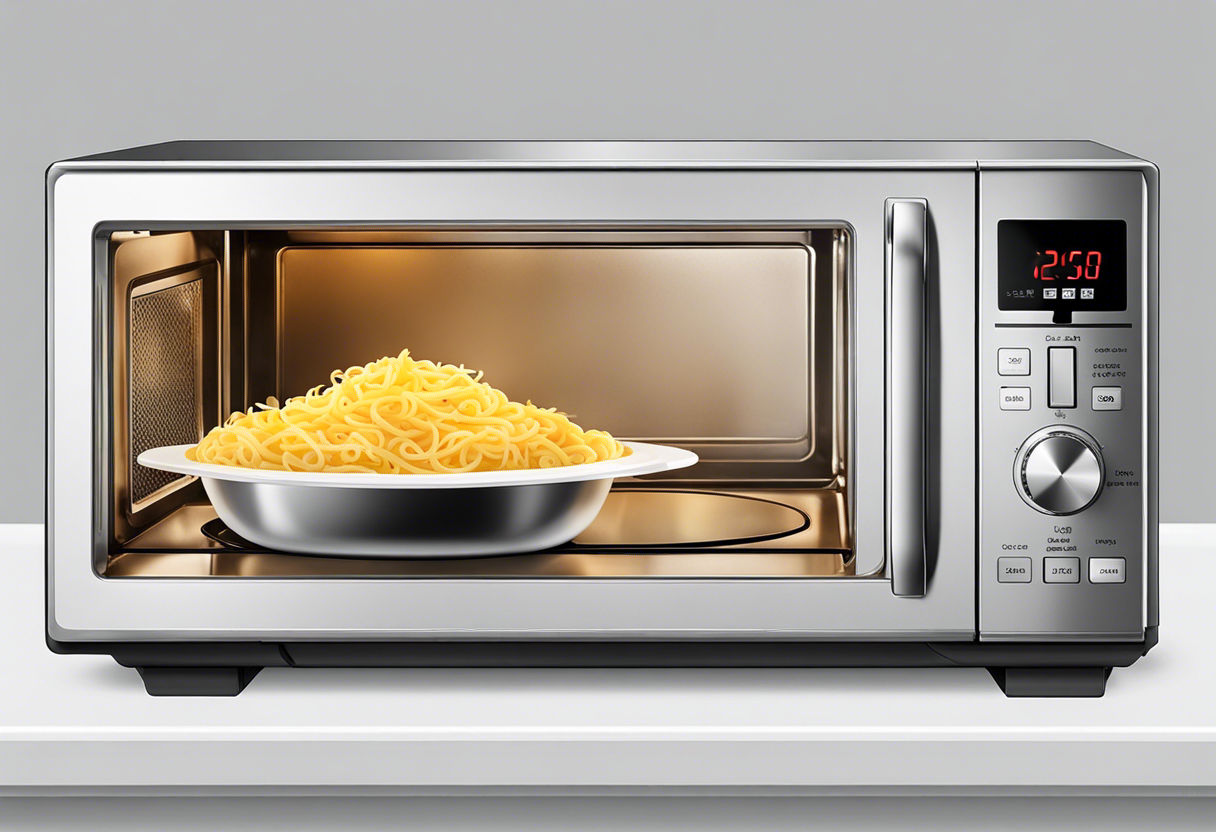
One underutilized technique in microwave cooking is understanding 'residual heat.' When you've turned off your microwave after the cooking time, your dish continues cooking from the heat accumulated during the session. This fact is conveniently used to finish off the cooking process without resorting to extra microwaving time that could risk overcooking.
Baked potatoes, rice, and pasta benefit wonderfully from residual heat. After completing their cooking times, just leaving them inside the microwave for a couple of minutes can render them perfectly cooked.
While waiting for the residual heat to do its magic, resist the temptation to open the microwave door. Let the process take its course. The more you become attuned to residual heat usage, the closer you come to full mastery over your microwave.
The Magic of Microwave Safe Lids
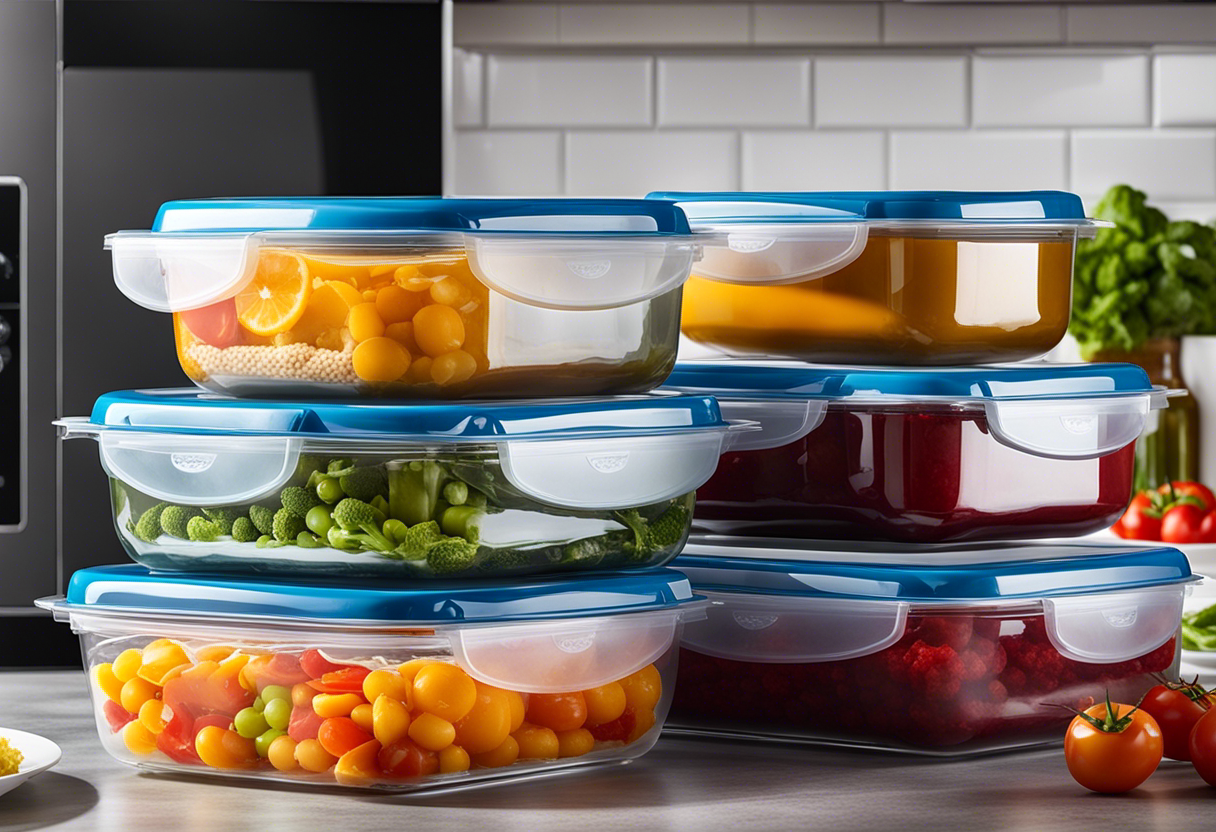
Kitchenware that's termed 'microwave safe' offers a great deal of convenience and safety for microwave cooking. Particularly, microwave-safe lids have a game changing role in preventing food splattering and ensuring even cooking. They trap steam and promote a pseudo-steaming effect that can cook food perfectly.
Glass or ceramic containers with ventilated covers are ideal for microwave use. For foods like vegetables and fish, this setup produces excellent results.
By understanding the importance of microwave-safe lids and steam, you can create healthy meals, cooked evenly and safely within minutes.
The Marvel of Power Levels
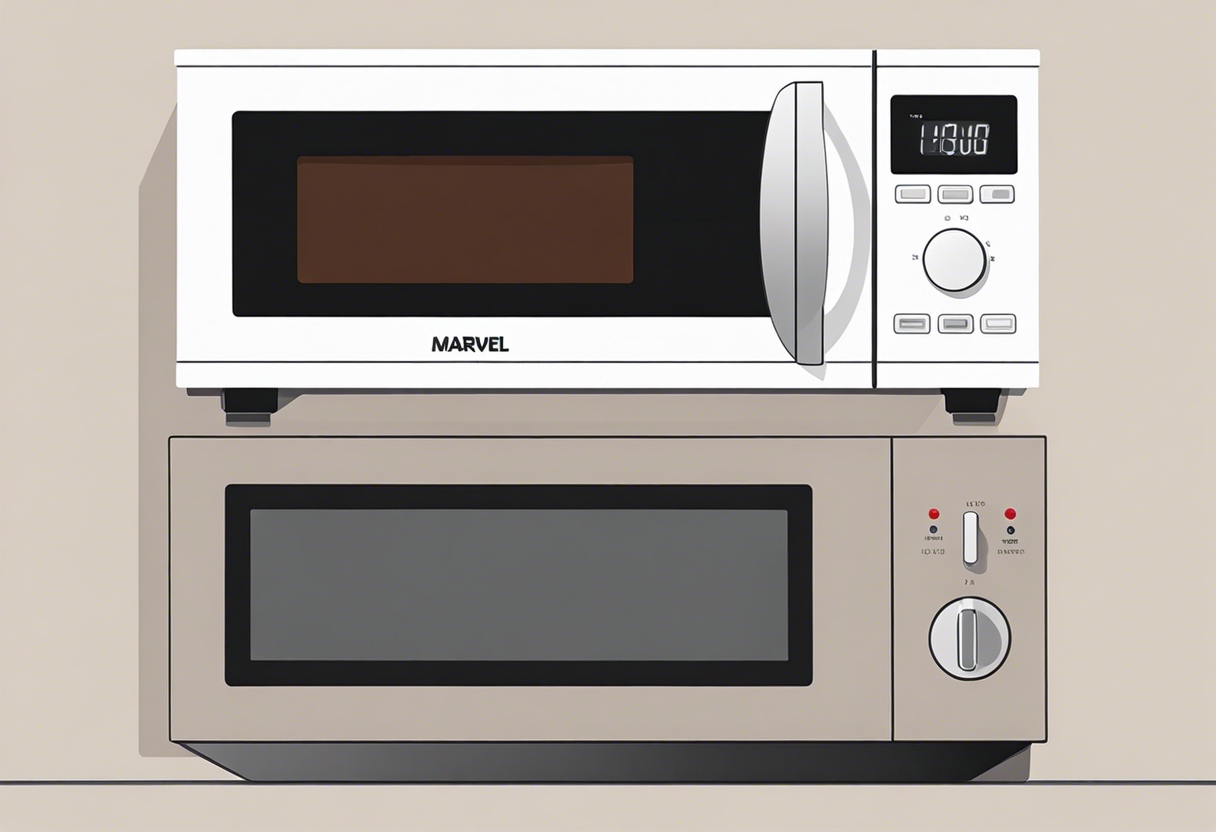
To truly master your microwave, understanding how power levels work is critical. Most microwaves are set to full power by default, but the device's full potential can be unlocked by fluctuating power levels.
For perfectly tempered chocolate, for instance, a reduced power level is the key. It ensures the chocolate doesn't seize or burn, and you'll get a silky smooth melt. Similarly, reheating leftovers evenly demands alternating power levels.
Power level manipulation may seem intimidating at first, but practice makes perfect. Experiment with different foods to gauge the ideal power level and note the journey - it's part of the microwave culinary adventure.
Slide5: The Art of Arrangement and Spacing
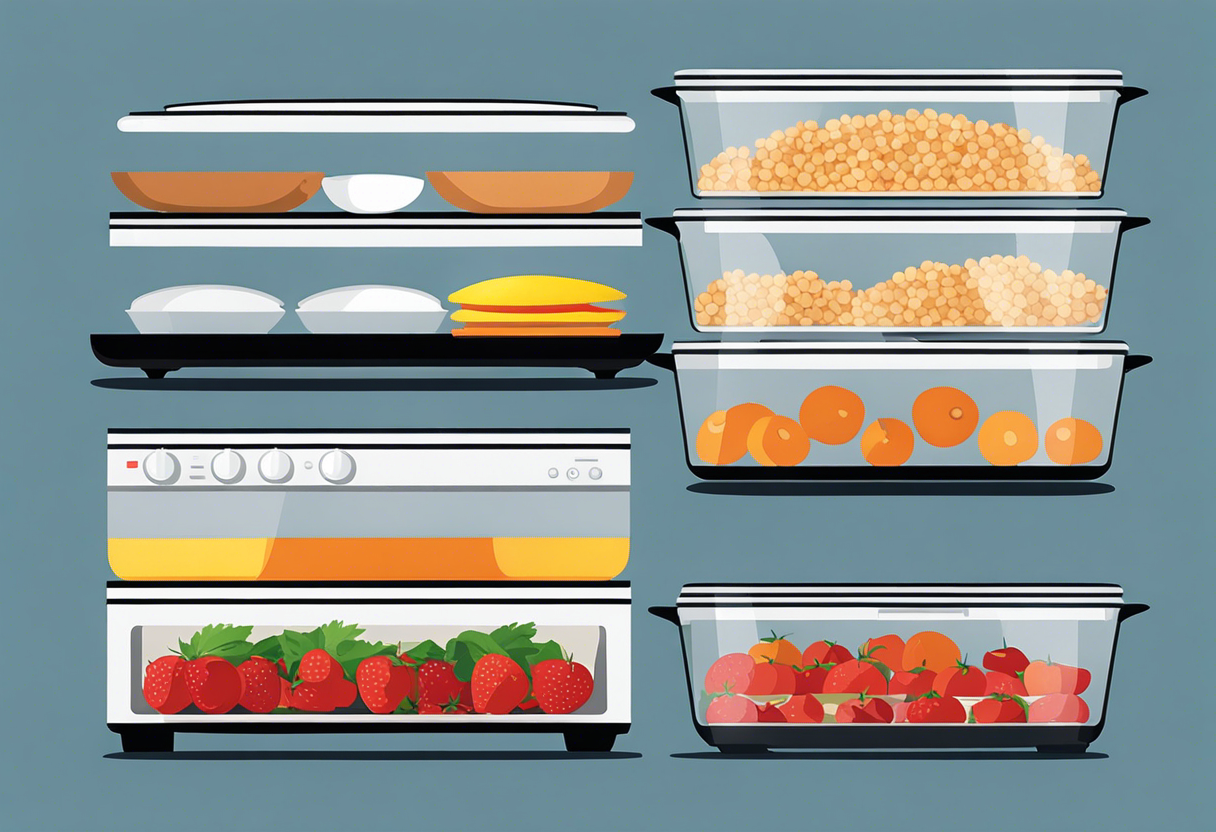
A microwave cooks food using waves which need space to disperse evenly. This science can be used to your advantage. Arrange your food in a circular shape when possible, or at least spaced away from the center.
Similarly, when microwaving multiple items at once, be sure to space them out adequately. Not all spots in a microwave heat evenly, so rotating the food halfway through the cooking time can also contribute to a more even end result.
Applying the logic of food arrangement and spacing in your everyday microwave cooking will lead to better, evenly cooked food, marking your journey's final leg towards mastering the microwave.
The Tactical Use of Microwave-Safe Materials
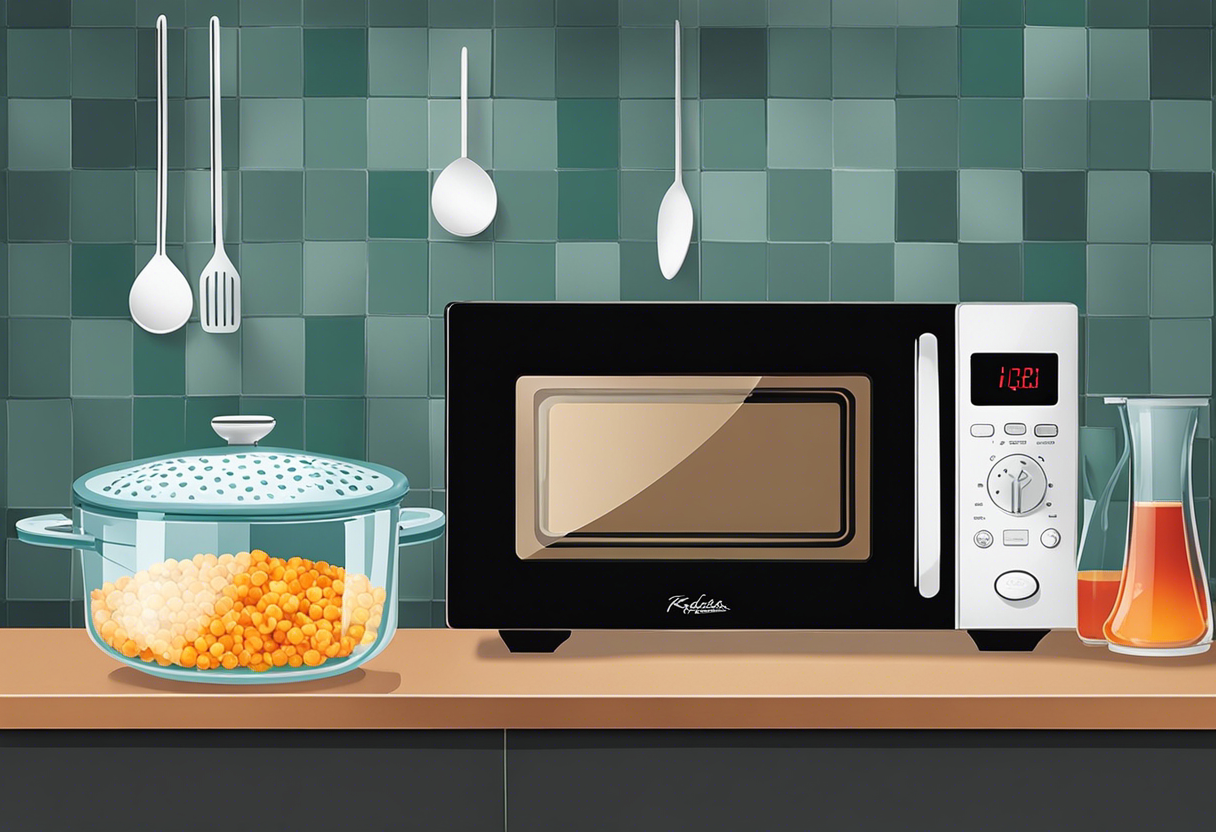
Last but not least, using microwave-safe materials appropriately can significantly augment your microwave cooking experience. Glass and ceramics are best for even heating, while silicone is suitable for baking small treats.
When dealing with microwaving plastics, be sure they are labeled microwave-safe to avoid harmful chemicals leaching into food. Avoiding the use of metal in microwaves is a fundamental safety rule.
Knowing which materials to use for what kind of cooking is a key to successful microwave use. It ensures both the quality of your dish and the safety of your cooking process. With this knowledge, you are fully set on the path for sizzling success in your microwave cooking endeavors.







